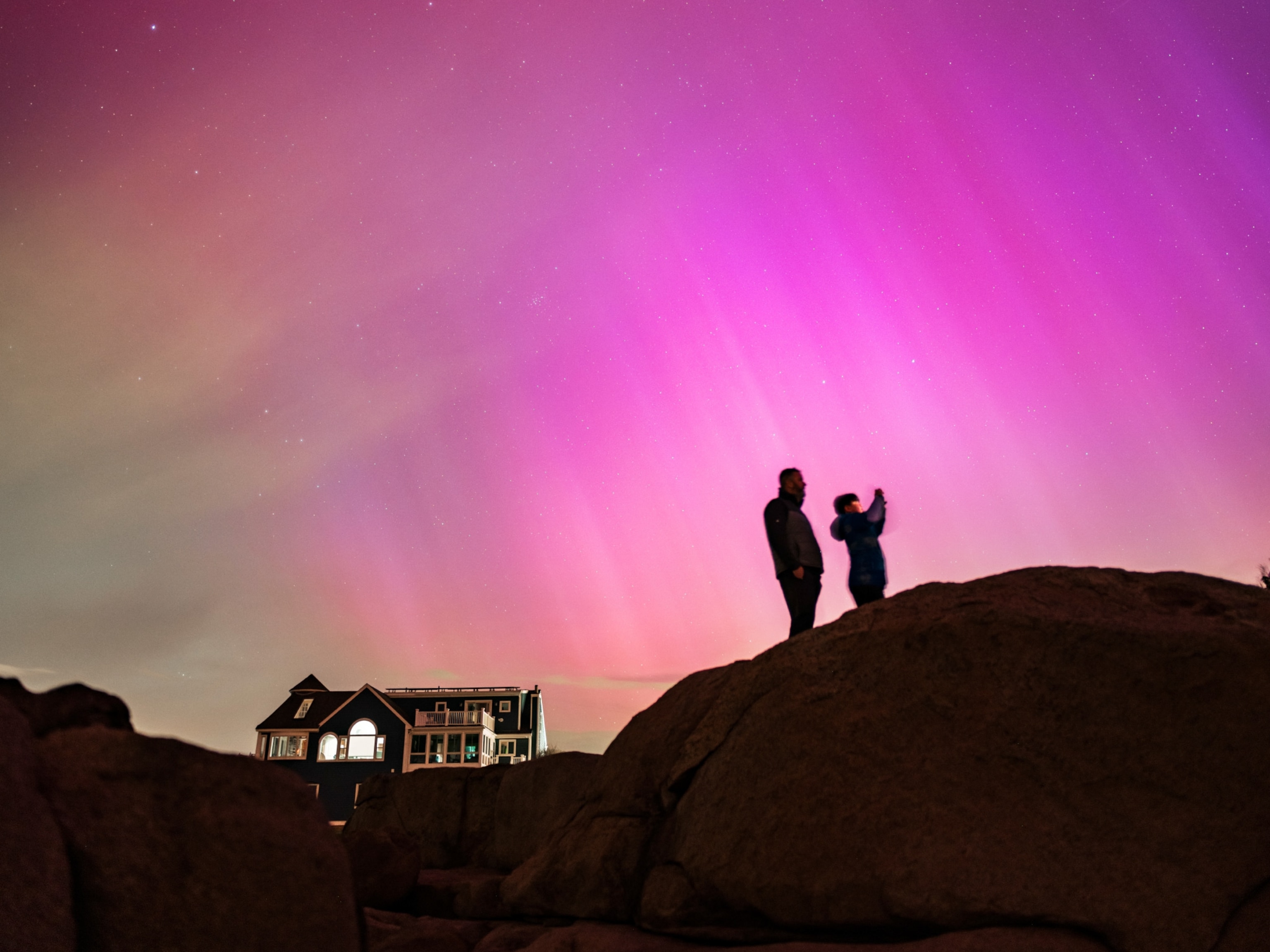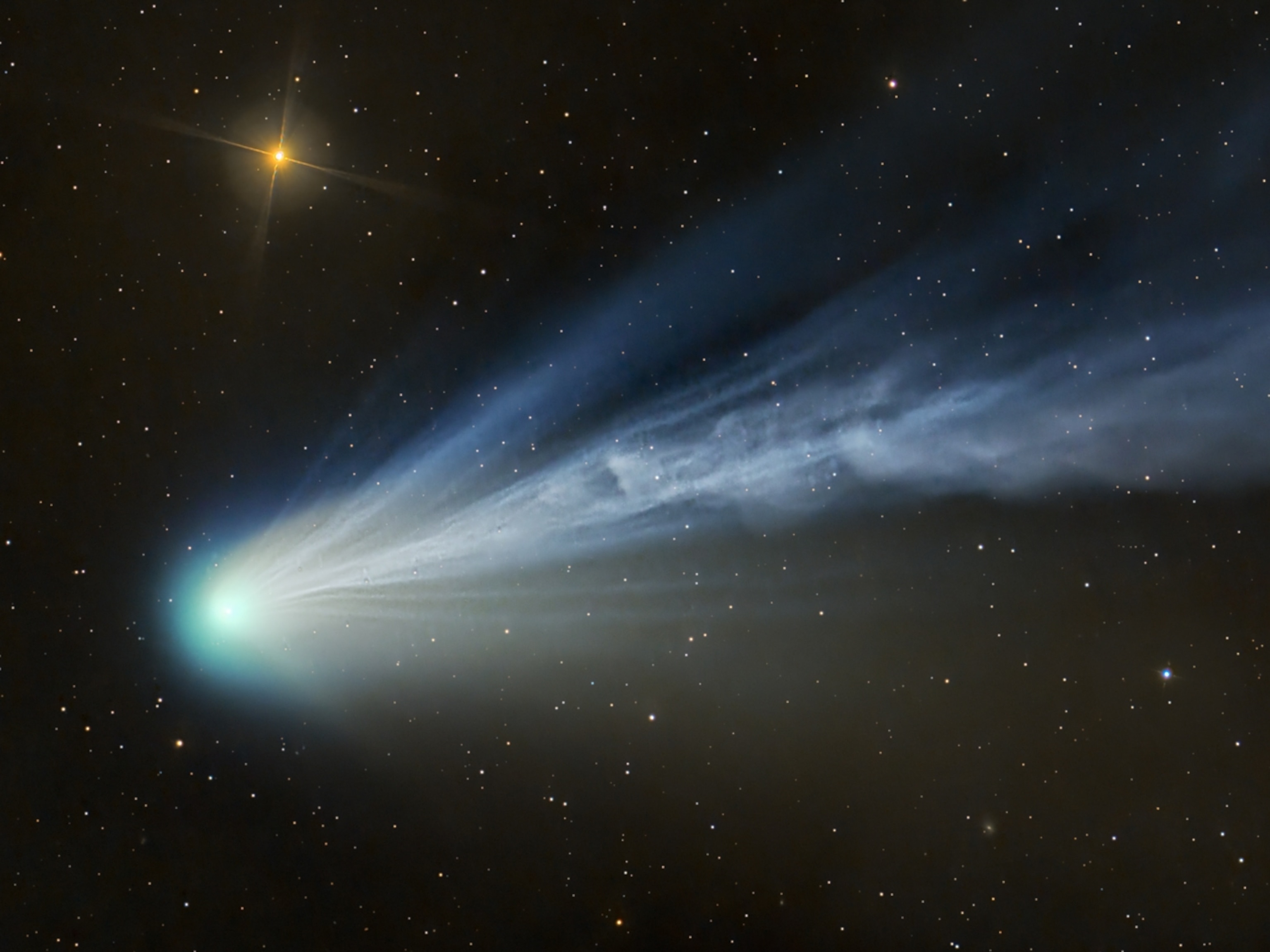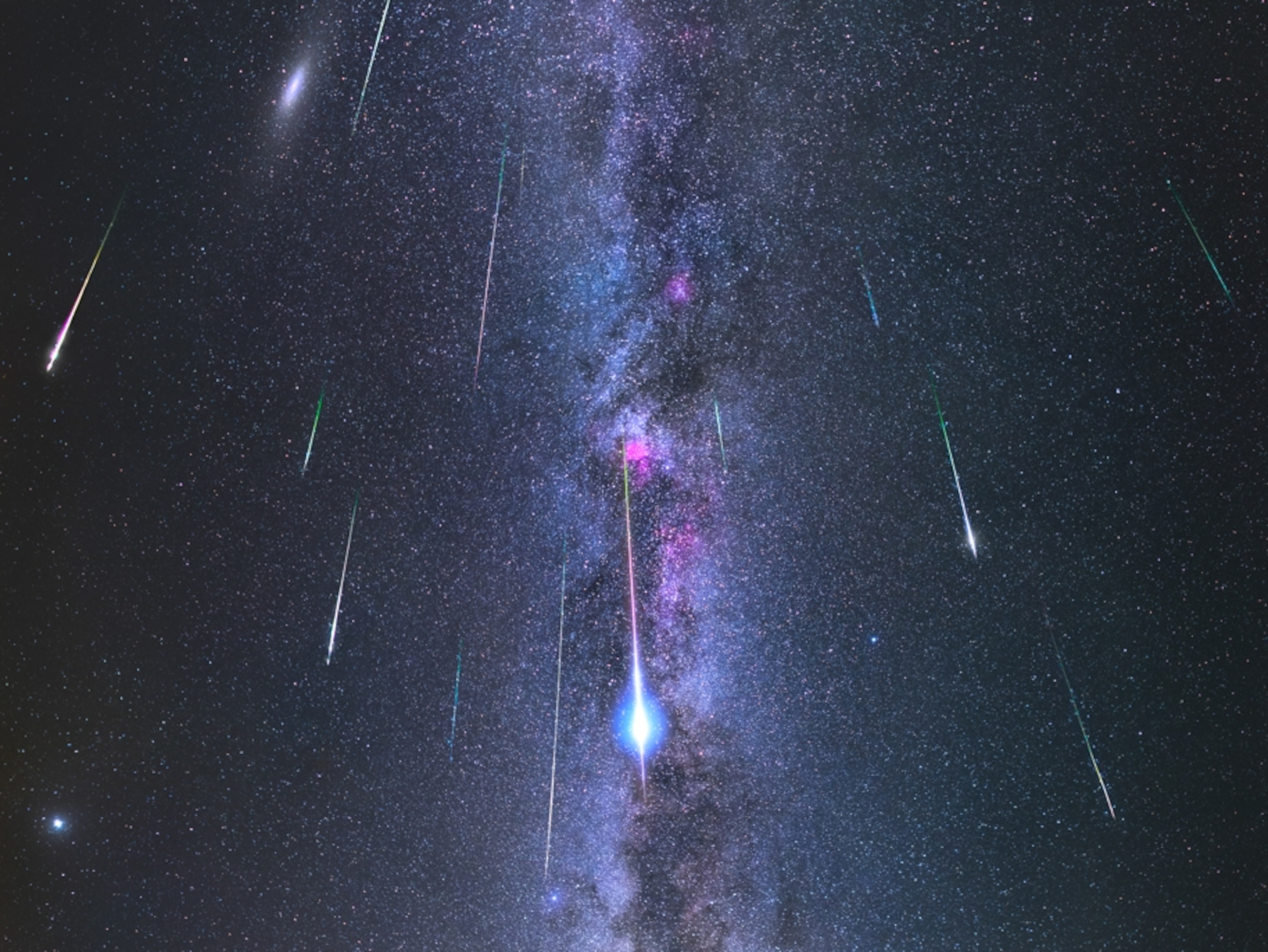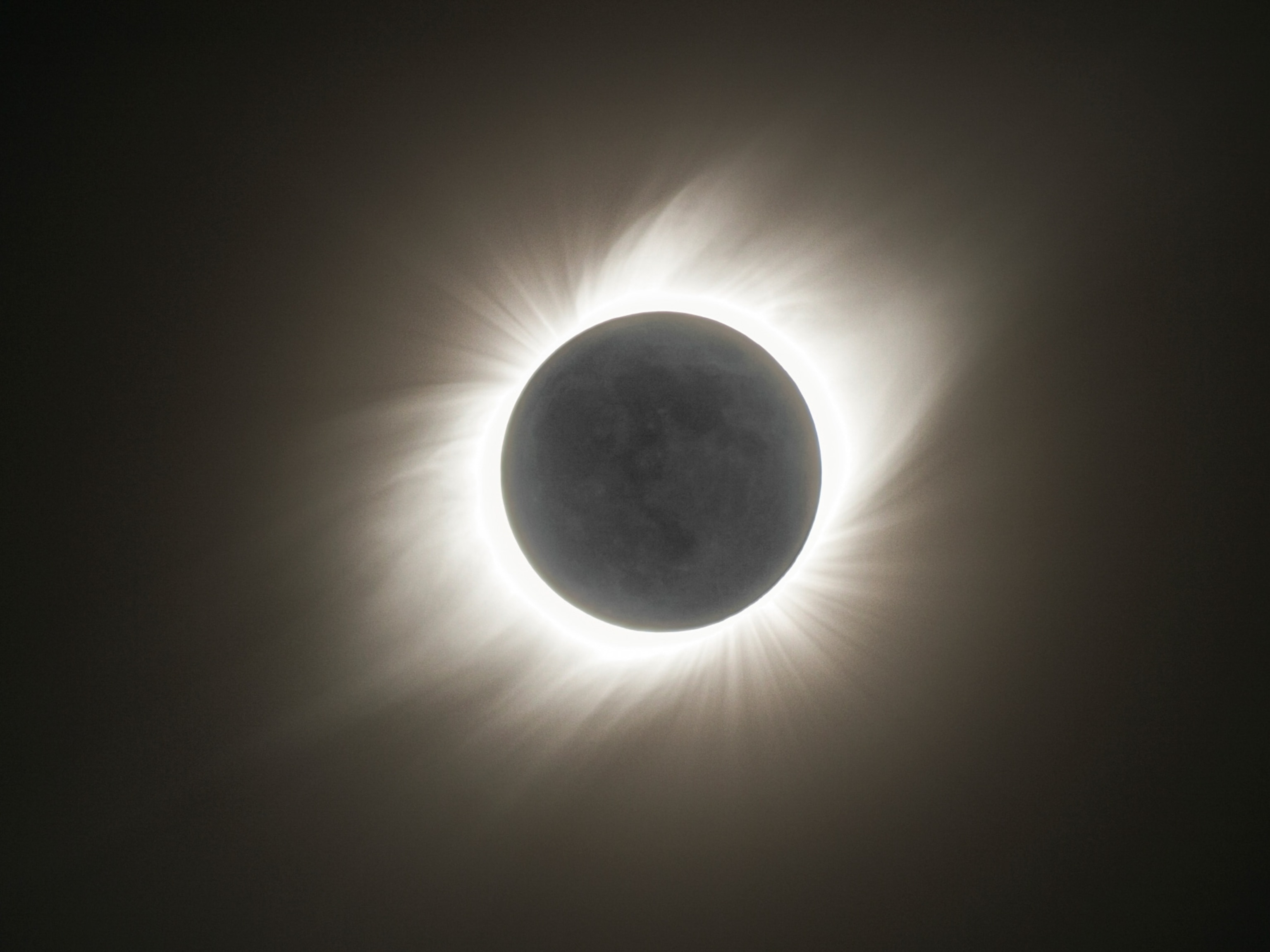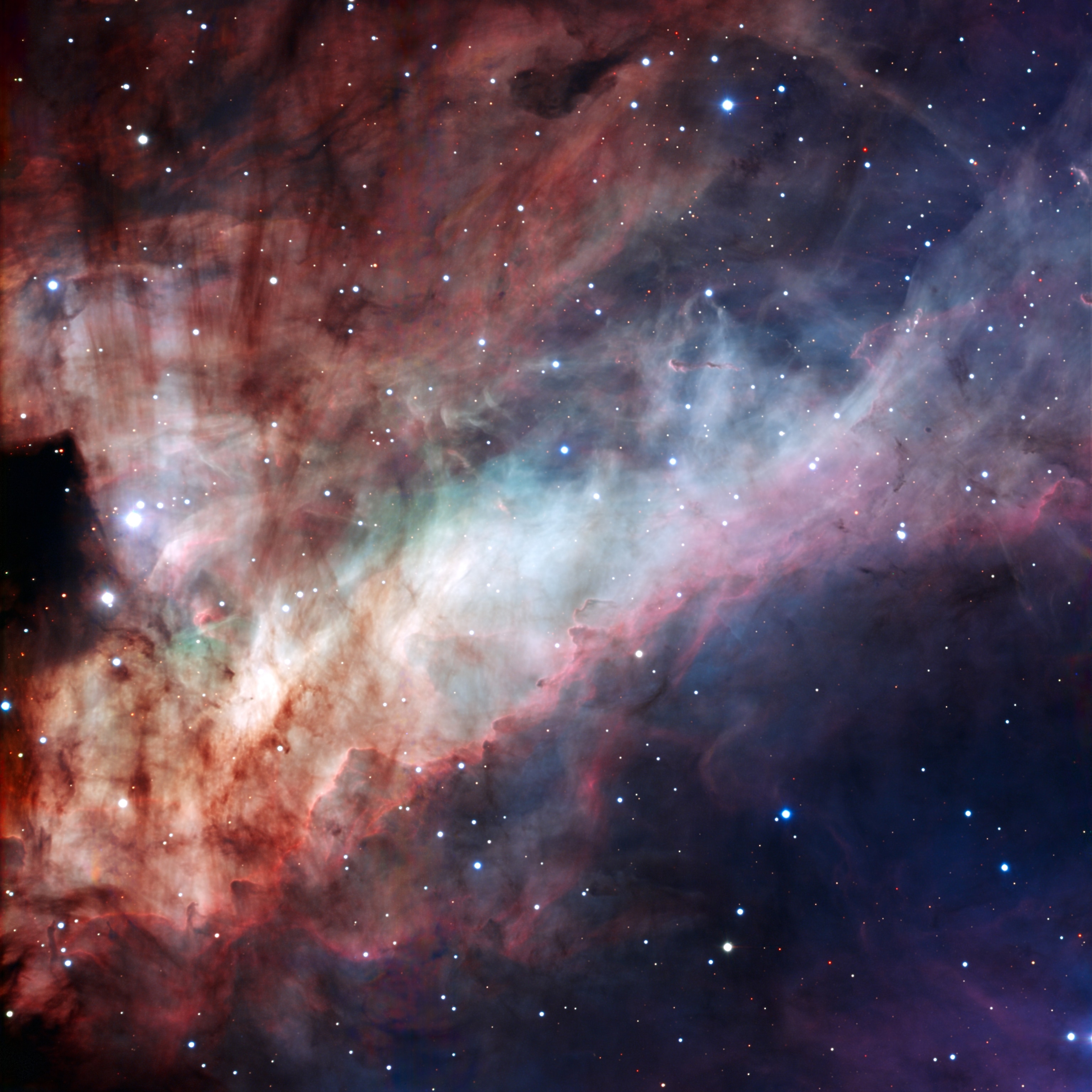
This Week's Night Sky: Take Flight With Cosmic Swan
A glorious nebula, shooting stars, and a blue moon will all be visible this week.
Swan Nebula. Sky-watchers will be able to hunt down a true celestial treasure, the Swan Nebula, on Tuesday, July 28.
In the late night, look for the moon hanging halfway up in the southern sky. Then look 3 degrees (6 lunar disks side-by-side) to its upper left to see the Swan Nebula (Messier 17). Spotting this distant gas cloud will be a challenge because of the lunar glare, but binoculars and telescopes should offer a glimpse. In a few nights, when the moon has left behind a darker sky, it should be much easier to see the Swan in all its glory.
The nebula is 6,000 light years away and is lit up by 35 hot, massive, baby stars within a span of 15 light years.
Observers in southerly latitudes may even see it with the naked eye under dark sky conditions. But with its wisps and knots, the nebula will look even more magnificent through a small telescope.
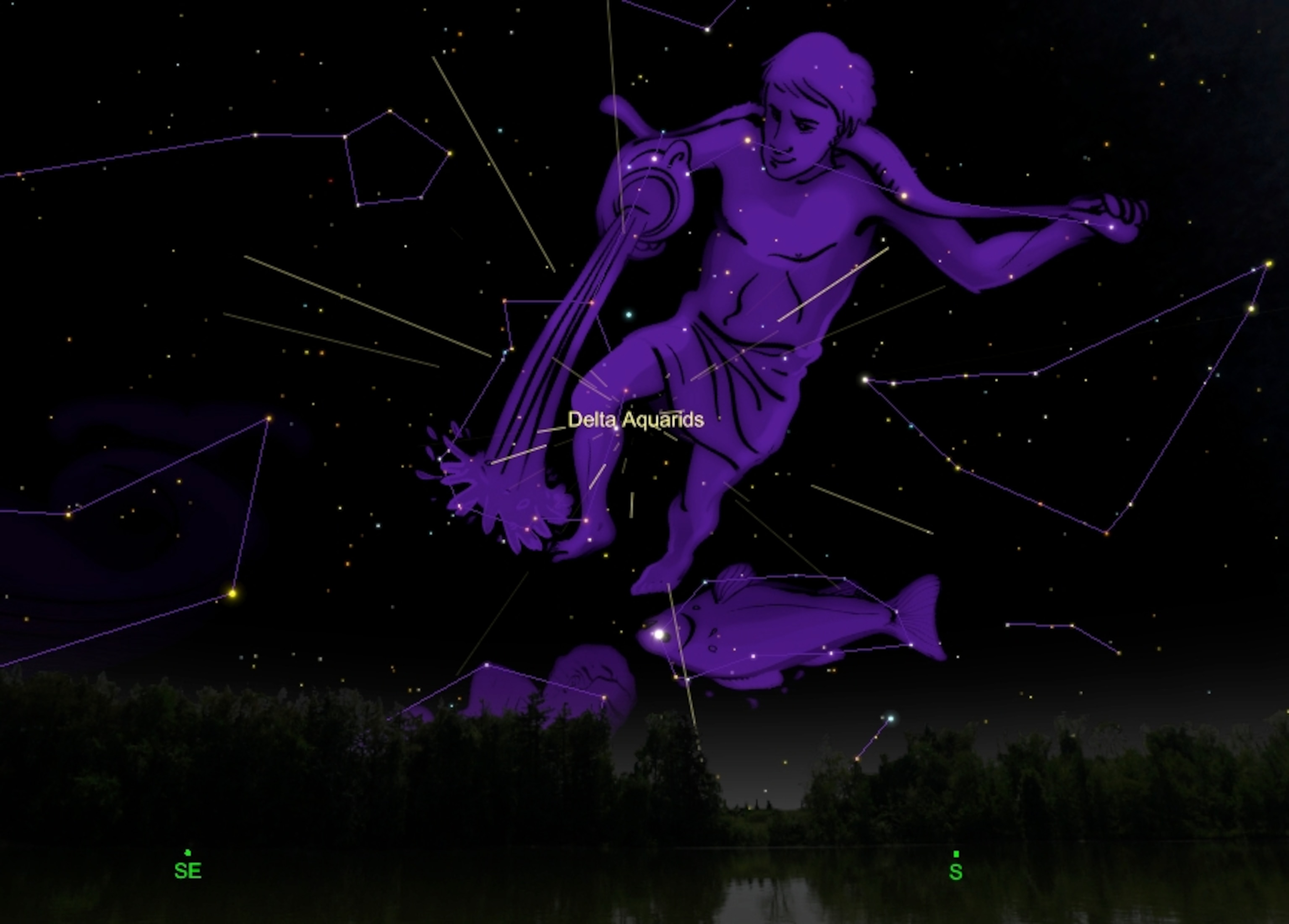
Southern Delta Aquarids. In the pre-dawn hours of Thursday, July 30, watch for a flurry of meteors from the Southern Delta Aquarids.
Unfortunately, the nearly full moon will be up all night and filter out all but the brightest shooting stars during peak activity. So the best times to enjoy the show may be one or two nights before or after the peak, just after the moon sets.
There’s no need for binoculars to see the shower. Get a comfy reclining chair or blanket and lie down in an area with an unobstructed view of the overhead skies. From the countryside, away from city light pollution, expect as many as a dozen meteors per hour with a chance for a brighter fireball or two as well.
The meteors will appear to be streaking out from the shower’s namesake constellation, Aquarius—the water bearer—which rises in the northeast during the overnight hours this time of the year.
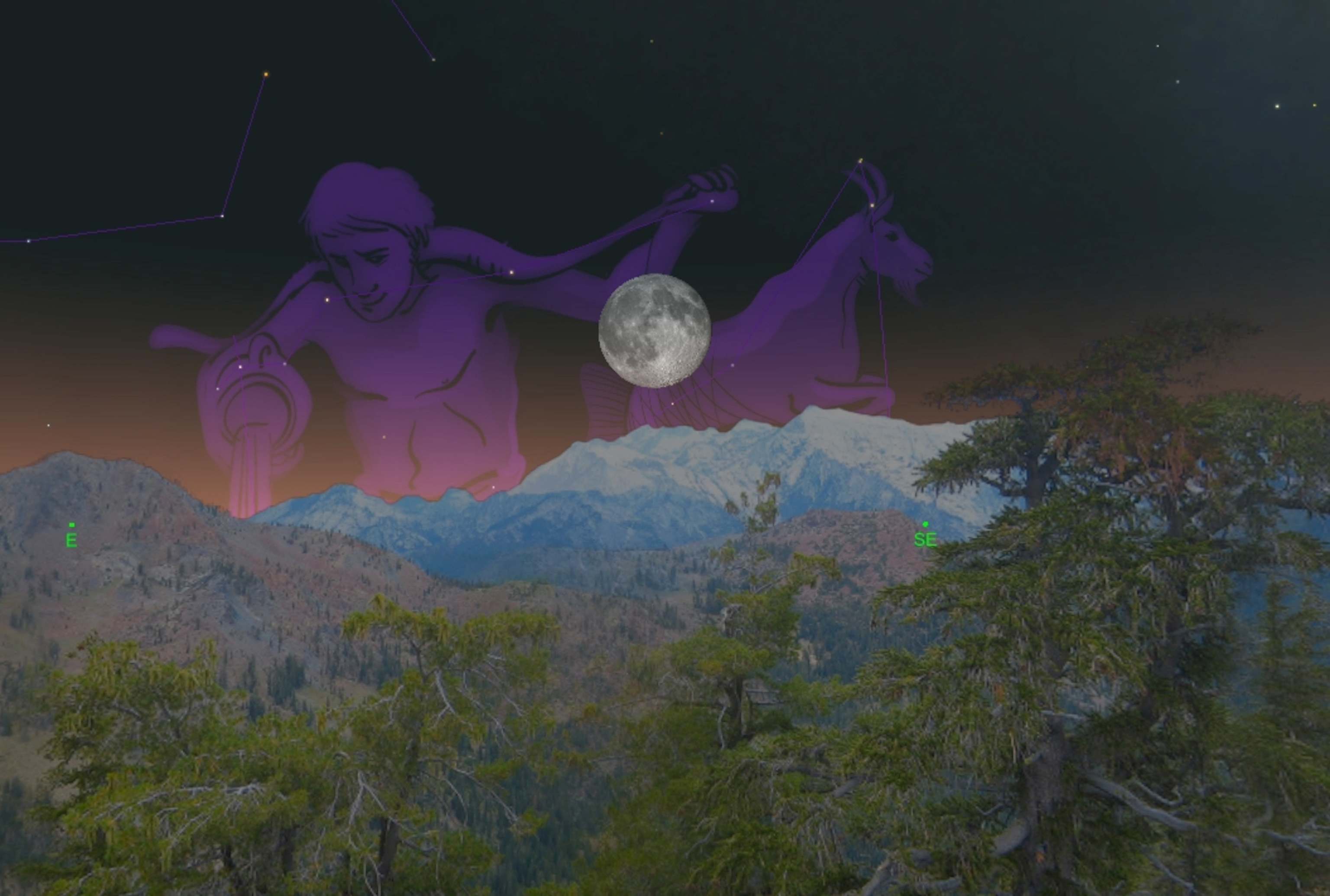
Blue Moon. On Friday, July 31 the second full moon of the month occurs, making this officially known as a ‘blue moon’. This is the first for the American continents since August 2012 and the last until January 2018.
Earth’s lone natural satellite rises in the east just after local sunset and dominates the overnight hours, parked within the borders of constellation Aquarius.
There will be an optical illusion while the rising full moon is near the horizon. It’ll appear larger and more colorful than when it’s higher in the sky. This has nothing to do with distance, but instead is a trick of the mind, called the ponzo effect. One theory suggests that our brains are wired such that when the moon is surrounded by empty space it looks smaller than when it’s juxtaposed against familiar foreground objects like trees, houses and mountains.
In any case, the beauty of a full moon is not to be missed.
Clear skies!


